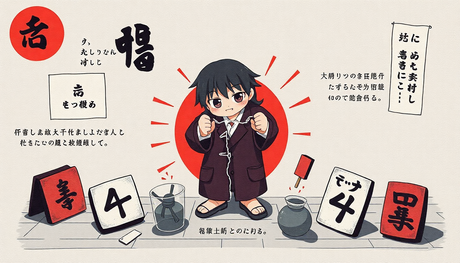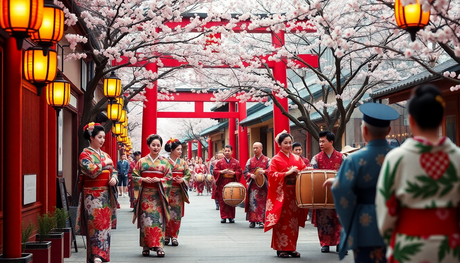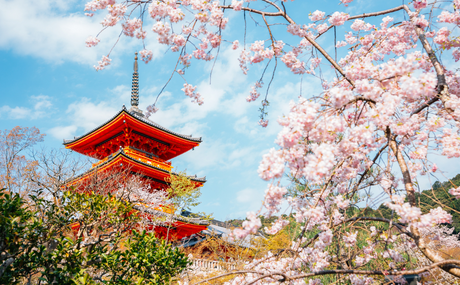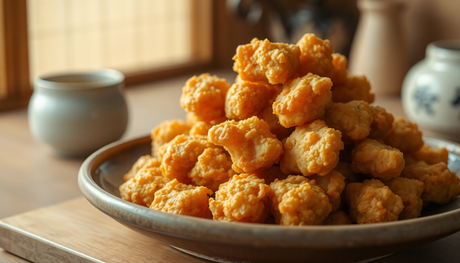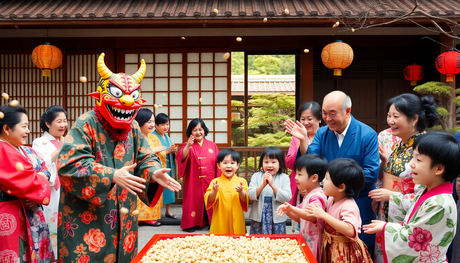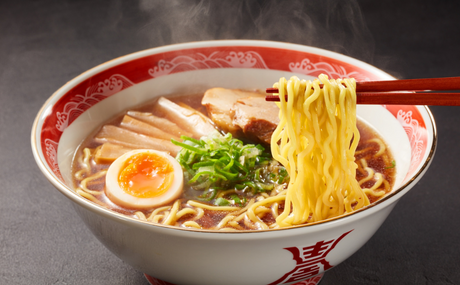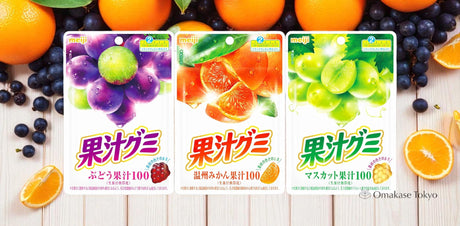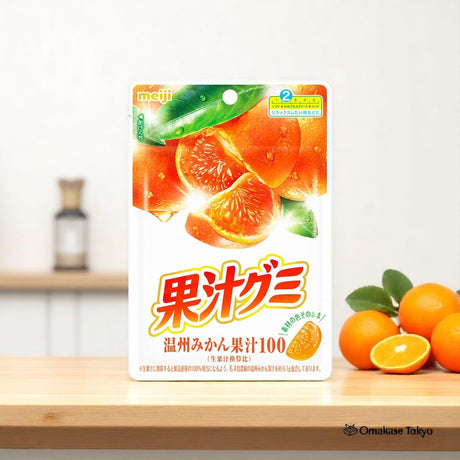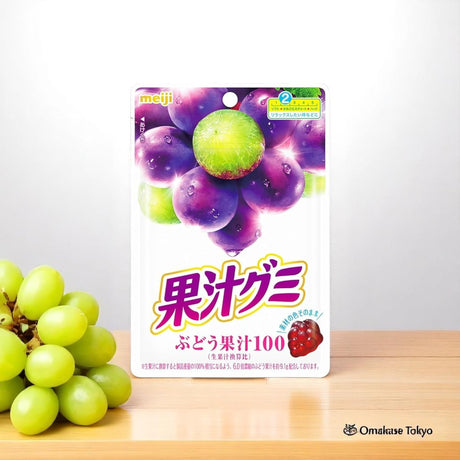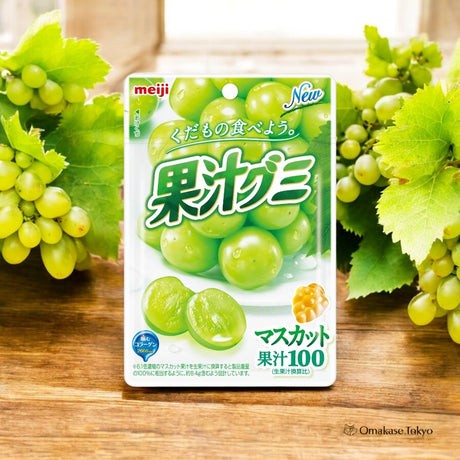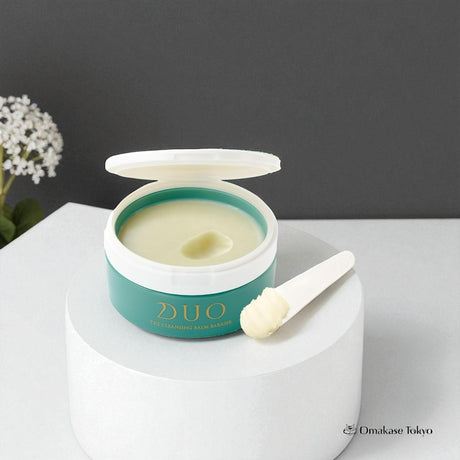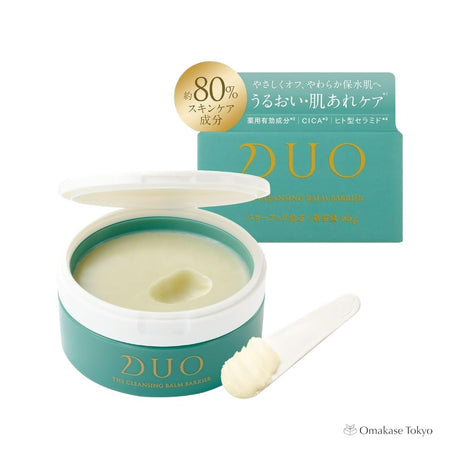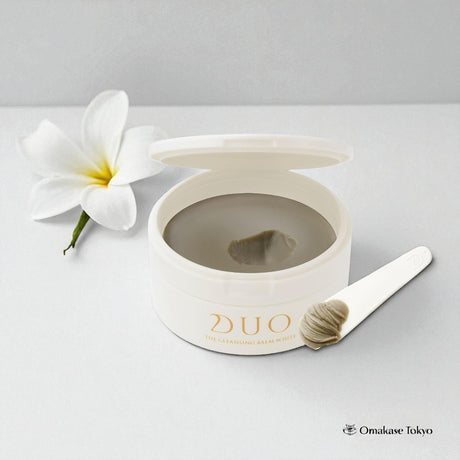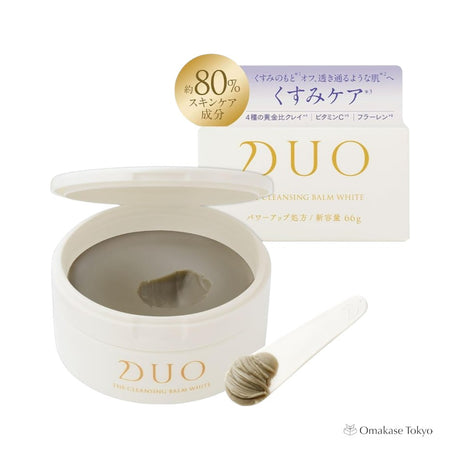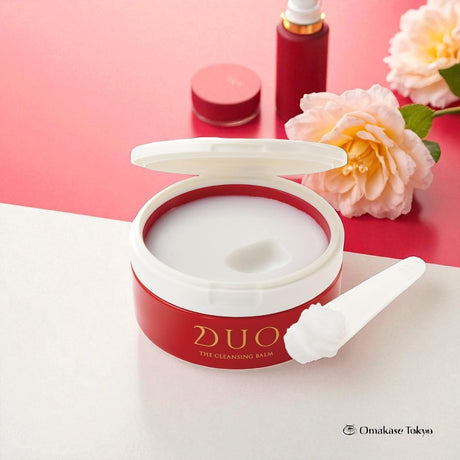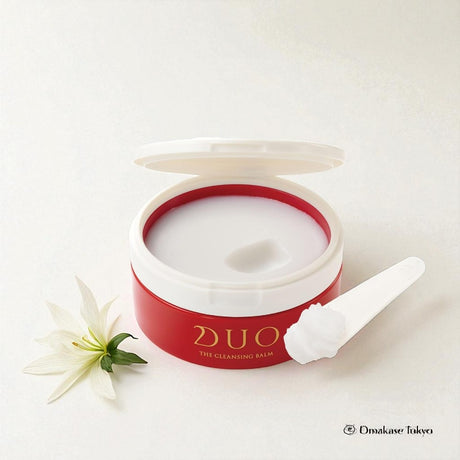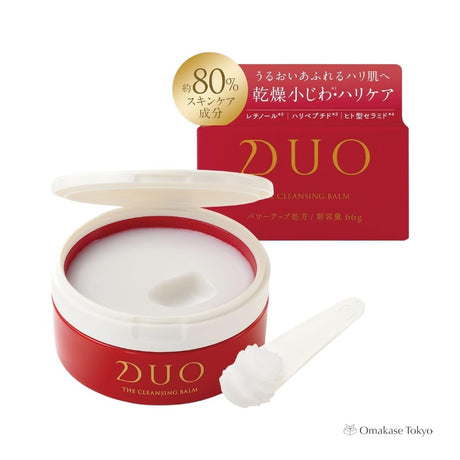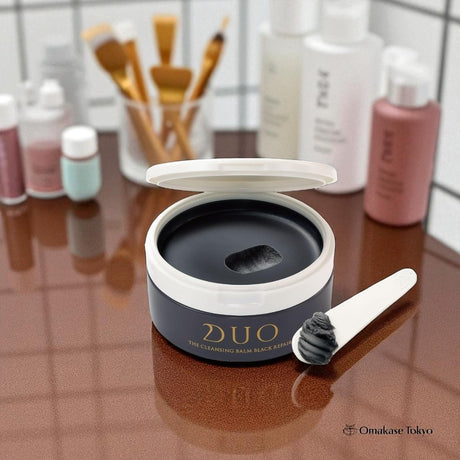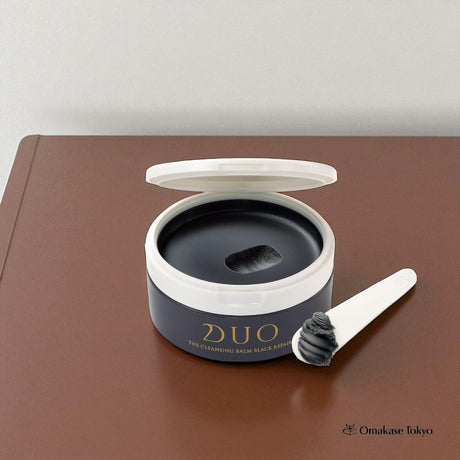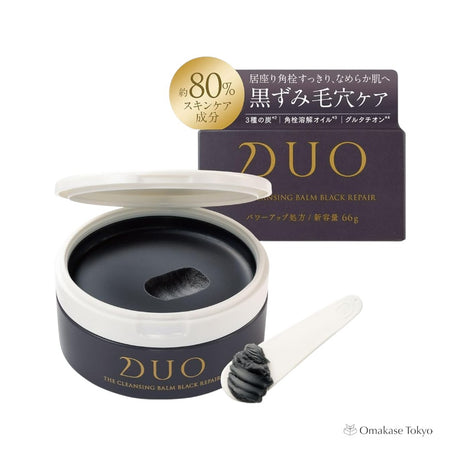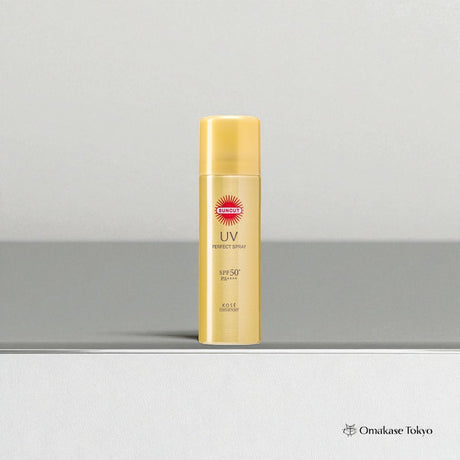If you think the SAT (Scholastic Assessment Test) is stressful, wait until you hear about Japanese high school entrance exams. Unlike the U.S., where you basically attend your local high school, Japanese students have to actually test into high school. Yes, you read that right - one exam can determine your entire high school experience, and it happens when you're just 14 or 15 years old.
Let's dive into this fascinating (and slightly intense) world of Japanese exam culture.
So How Does This Actually Work?
Here's the deal: Japanese middle schoolers spend their final year preparing for entrance exams that happen in February and March. These aren't your typical pop quizzes - we're talking comprehensive tests covering three years of material. The results determine which high school accepts you, and since high schools in Japan vary wildly in quality and reputation, the stakes are pretty high.
Think of it less like moving from middle school to high school in the U.S., and more like applying to college. Except you're doing it at 14.

What Kind of High Schools Are We Talking About?
The Japanese high school system is actually pretty diverse, which makes the entrance exam thing make a bit more sense.
Public high schools are government-run and relatively affordable. They're the most common choice, and students take standardized tests administered by local education boards to get in. Even among public schools, there's a huge range - from prestigious academic powerhouses to more standard neighborhood schools.
Private high schools create their own entrance exams and run their own show. They often have stellar track records for getting students into top universities, but tuition can be steep. Many families see them as worth the investment.
National high schools are attached to national universities and are basically the cream of the crop. Super competitive, excellent resources, and everyone wants to get in.
Vocational high schools focus on specific career paths like engineering or agriculture. These are perfect if you're planning to jump straight into the workforce after graduation rather than heading to university.
What's Actually on These Exams?
Japanese entrance exams typically cover five subjects - and they're no joke.
Japanese Language isn't just reading comprehension. Students need to know kanji (those complex Chinese characters), grammar, classical literature, and be able to write coherent essays. Imagine if English class tested you on Shakespeare, modern literature, grammar, and creative writing all at once.
Mathematics covers everything from basic algebra to geometry, functions, and probability. The questions require real problem-solving skills, not just plugging numbers into formulas.
English has become increasingly important and includes listening, reading, grammar, and writing. For Japanese students learning English as a foreign language, this can be particularly challenging.
Science pulls from physics, chemistry, biology, and earth science. Lots of questions involve experiments and practical applications rather than just memorizing facts.
Social Studies combines geography, Japanese history, world history, and civics. Current events often pop up too, so students can't just memorize dates and move on.
Each prefecture (think state-level) can weight these subjects differently, so knowing your target school's preferences is crucial.
The Cram School Phenomenon
Here's where things get really different from the U.S. Most Japanese students attend "juku" - cram schools - after their regular school day ends. We're talking about going to school, then going to another school to prepare for the exams that get you into high school.
These cram schools are serious business. They offer specialized instruction, practice tests, and study materials specifically designed for entrance exams. Some kids spend 2-4 hours there every day during their final middle school year. It's exhausting, but it's so normalized that most students do it.
Of course, home study matters too. Students use workbooks, practice past exams, and review constantly. The most successful students start preparing in their second year of middle school, not waiting until the last minute.
The Year-Long Journey
Grades 7-8 are about building a solid foundation. Students focus on regular schoolwork and keeping their grades up, since report cards factor into admissions.
Spring of Grade 9 is when things get real. This is when many students start attending cram schools and begin narrowing down their target schools. The balance between current coursework and reviewing older material gets tricky.
Summer break isn't really a break - it's crunch time. Students attend intensive summer programs at cram schools and spend hours each day studying. This is when they tackle weak subjects head-on.
Fall brings mock exams every few weeks. These practice tests help students gauge where they stand and finalize their school choices. Past exam practice intensifies.
Winter is the final push. Students are solving past exams on repeat, eliminating any remaining weak points, and trying not to panic. Staying healthy becomes just as important as studying.
February-March is showtime. Applications go in, exams happen, and results come out. It's an emotional rollercoaster for everyone involved.
Your Middle School Grades Actually Matter
Unlike the SAT, where your middle school grades are irrelevant, Japanese high school admissions consider your entire middle school record. These "internal assessment scores" typically account for 30-40% of your admission decision.
This means every test, every homework assignment, and even your classroom participation matters. You can't just coast through middle school and ace one test. The system rewards consistent effort over three years.
Different prefectures handle this differently - some only look at your final year, while others consider all three years. Either way, there's no slacking off.
Brain Food: What Parents Cook During Exam Season
Japanese parents take exam preparation seriously, and that includes nutrition. There's a whole science (and culture) around foods that supposedly help academic performance.
Fish shows up constantly on the dinner table during exam season. Salmon and mackerel are favorites because they're loaded with omega-3 fatty acids that support brain function and memory. It's not unusual for families to eat fish almost daily when exams approach.
Natto - those sticky, fermented soybeans that foreigners either love or hate - is considered brain food. High in protein and vitamin K2, it's a traditional breakfast that supposedly improves concentration. Many students eat it before heading to cram school.
Walnuts and almonds appear in small bowls on study desks. Parents leave them there like little care packages, knowing these nuts contain nutrients that enhance cognitive function.
Green tea flows freely. It provides caffeine for alertness but also contains L-theanine, which promotes calm focus without the jittery feeling coffee can cause. It's the perfect study beverage.
Bananas are the go-to pre-exam snack. They provide quick energy and contain tryptophan, which helps reduce stress. Many students eat one right before walking into the exam room.
Colorful foods like blueberries and purple sweet potatoes have become trendy thanks to their brain-boosting antioxidants. Health-conscious parents pack them into elaborately arranged bento boxes.
Speaking of which, the bento boxes mothers prepare during exam season are works of art - balanced meals with vegetables, lean proteins, and whole grains, all color-coordinated and beautifully presented. It's a way of showing support and love during a stressful time.

Cultural Traditions That'll Blow Your Mind
This is where Japanese exam culture gets really interesting. There are traditions and superstitions around entrance exams that you'd never see in the U.S.
Shrine visits are huge. Families make special trips to Tenmangu shrines, which are dedicated to the deity of learning and scholarship. The most famous ones, like Dazaifu Tenmangu in Fukuoka and Kitano Tenmangu in Kyoto, get absolutely packed with students during exam season. People wait in long lines just to pray for exam success.
Omamori are small protective amulets sold at these shrines. Students buy ones specifically for academic success - called "gokaku omamori" - and carry them everywhere. They're tucked into pencil cases, attached to backpacks, or kept in pockets during exams. It's like a good luck charm, but with religious significance.
Ema are wooden prayer plaques where students write their wishes. You'll see walls of these at shrines, covered in messages like "Please let me pass the exam for Tokyo Metropolitan High School!" It's both hopeful and a little heartbreaking to read them.
KitKat became an exam phenomenon for the most random reason: the name sounds like "kitto katsu" (きっと勝つ) in Japanese, which means "surely win." Nestle Japan ran with this and now releases special exam-season KitKats with encouraging messages. Students gift them to each other, and convenience stores set up entire displays. It's marketing genius meeting cultural superstition.
Lucky foods play a role too. Katsudon (breaded pork cutlet over rice) is eaten before exams because "katsu" means "to win." Parents sneak octopus-shaped sausages into bento boxes because octopuses grip things firmly with their tentacles - symbolizing "grasping" knowledge. It's adorable and practical.
Red everything on exam day. Red underwear, red pencils, red accessories - red is considered lucky and wards off bad fortune. Don't be surprised if you see students with red accents all over their exam day outfit.
These traditions might seem superstitious, but they serve an important purpose. They provide comfort, create solidarity among students going through the same ordeal, and give families a way to support their kids beyond just academic help.

Tips That Actually Help
Students who successfully navigate this system tend to share certain habits.
They start early instead of cramming everything into the last few months. Consistency beats intensity every time.
They ask for help when they're confused rather than letting problems pile up. Teachers, tutors, friends - successful students use all available resources.
They take care of their bodies because mental performance crashes without proper sleep, food, and exercise. All-nighters are romanticized but actually counterproductive.
They practice time management during exams. Knowing when to move on from a tough question can make or break your score.
They learn from mistakes instead of just marking them wrong and moving on. Understanding why an answer was incorrect prevents similar errors later.
Most importantly, they keep perspective. Yes, these exams are important, but they're not the end of the world. Plenty of successful people didn't get into their first-choice high school.
Final Thoughts
Japanese high school entrance exams are intense - there's no way around it. The pressure is real, the preparation is exhausting, and the stakes feel incredibly high when you're just 14 years old.
But there's something fascinating about a system that values both sustained effort and test-day performance, rewarding three years of hard work rather than just one exam. The cultural traditions - shrine visits, brain foods, lucky charms - show how education becomes a family and community experience, not just an individual challenge.
For American readers, it's a compelling glimpse into how different educational systems can be. Whether you're curious about Japanese culture or interested in global education, this system reveals a lot about Japanese values and the power of cultural support during high-pressure moments.


